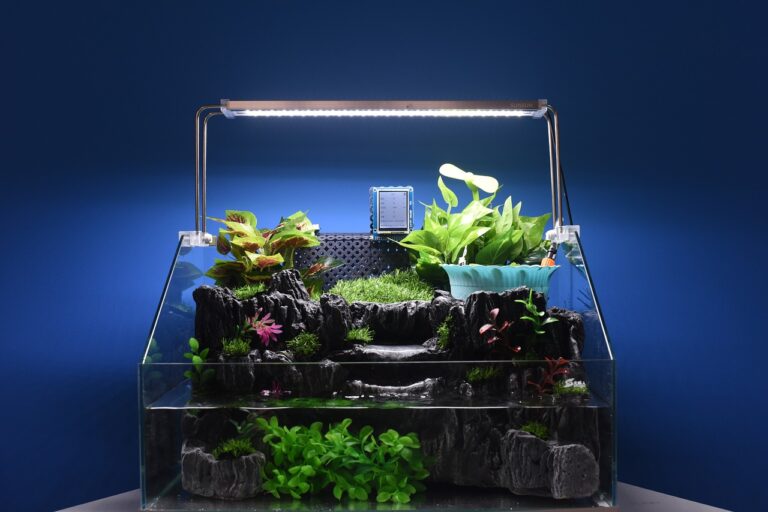The Benefits of Rain Barrels: Collecting and Conserving Water for Your Garden
Rainwater harvesting is a sustainable practice that provides a way to collect and store rainwater for various purposes. This method allows individuals and communities to reduce their reliance on the municipal water supply by utilizing the rain that falls naturally.
By installing rain barrels or tanks connected to gutters and downspouts, rainwater can be collected and used for activities such as watering plants, washing cars, and even flushing toilets. Not only does this help in conserving potable water for essential uses, but it also contributes to minimizing stormwater runoff and erosion in urban areas.
Reduction of Water Bills
One of the key advantages of implementing rainwater harvesting systems is the significant reduction in water bills that households can achieve. By collecting and storing rainwater for various household purposes such as watering plants, washing cars, and flushing toilets, homeowners can decrease their reliance on municipal water supplies. This can result in substantial savings over time, especially in regions where water prices are high or where drought conditions lead to water restrictions.
Additionally, the initial investment in setting up a rainwater harvesting system can pay off in the long run through reduced water bills. While there is a cost associated with installing the necessary equipment, it is often outweighed by the savings accrued over time. This sustainable water management practice not only benefits individual households by lowering their water expenses but also contributes to overall water conservation efforts, benefiting the environment as a whole.
• Rainwater harvesting systems can lead to a significant reduction in water bills
• Collecting and storing rainwater for household use decreases reliance on municipal water supplies
• Savings can be substantial over time, especially in regions with high water prices or drought conditions
• Initial investment in setting up a system pays off through reduced water bills
• Sustainable water management benefits both households and the environment
Environmental Benefits
Rainwater harvesting not only conserves water resources but also reduces the strain on local water supplies. By collecting rainwater from rooftops and storing it in tanks or barrels, this sustainable practice decreases the demand for municipal water sources. Consequently, it helps to preserve aquatic ecosystems and ensures a more balanced distribution of water resources for both human and environmental needs. Moreover, rainwater harvesting can alleviate the impact of droughts and water scarcity in regions prone to irregular rainfall patterns.
In addition, the practice of rainwater harvesting contributes to reducing the risk of flooding and erosion in urban areas. By capturing rainwater before it runs off into storm drains, the volume and velocity of water reaching streams and rivers during heavy rain events are lessened. This helps to mitigate the potential for flash floods and minimizes soil erosion caused by excessive water runoff. As a result, rainwater harvesting serves as a valuable tool in promoting sustainable water management practices and enhancing the resilience of communities to the challenges of climate change.
What is rainwater harvesting?
Rainwater harvesting is the practice of collecting and storing rainwater that falls on roofs or other surfaces for later use.
How does rainwater harvesting help reduce water bills?
By using rainwater for activities like watering plants, cleaning, and flushing toilets, households can reduce their reliance on municipal water sources, resulting in lower water bills.
What are some of the environmental benefits of rainwater harvesting?
Rainwater harvesting helps reduce stormwater runoff, which can carry pollutants into waterways. It also helps conserve water resources and reduce the energy required to treat and transport water.
Are there any potential drawbacks to rainwater harvesting?
One potential drawback is the initial cost of installing a rainwater harvesting system. Additionally, the amount of rainwater available for harvesting may be limited in certain regions or during dry periods.
How can individuals get started with rainwater harvesting?
Individuals interested in rainwater harvesting can start by installing a rain barrel or larger cistern to collect rainwater from their roof. They can also explore more advanced systems, such as rooftop gardens or permeable pavement, to further reduce water usage and runoff.







